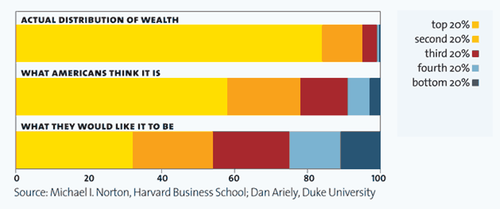It seems like almost everyone with a blog is captivated by the debate over Apple’s new policies related to in-app purchases. I read at least one good post on the subject every day. The money issues are important but not really interesting. Apple is leveraging its absolute control over which applications can be installed under iOS to pry away a big chunk of the revenue from application vendors.
The one rationale for the new policy I best understand is that application vendors will modify their pricing model so as to pay Apple the smallest amount possible. So if Apple charges 30% on direct purchases through iTunes and 15% for in-app purchases, many developers will distribute their application for free and then unlock the good features through an in-app purchase. If the percentage is different for subscriptions and for standalone in-app purchases, developers will try to switch to subscription-based pricing. In that sense, Apple has a strong incentive to charge the same price across the board.
What really interests me, though, is Apple’s false confidence in the idea that one payment system will actually work for everyone. Chris Adamson explains why this won’t work:
A client of a client of mine is likely to get caught up in this I-AP drama, and in a meeting this week, we laid out exactly how I-AP works, and what they have to do in order to implement it, including entering every product into the iTunes Connect web interface, a nightmarish prospect when you have thousands of SKUs. When we finished, there was a long silence on the phone, followed by a colleague saying “you can probably imagine the look on everyone’s faces here.”
I’m sure that the iOS team at Apple feels that they have designed an elegant and powerful payment system, maybe the best that anyone has ever created. But it’s apparent that not only is such a system insufficient for any application that might be conceived in the future for iOS, it’s also insufficient for many applications that already exist today.
It strikes me that the core error was when Apple allowed itself to be convinced that a one size fits all payment system would work for the full iOS ecosystem. I do wonder whether it was an executive decision that was passed on to engineers to implement, or the product team came up with a solution that the executives decided could work for everyone.

Where libertarians and liberals could find common ground
I’ve been reading the new Bleeding Heart Libertarian blog with interest. I’m not a libertarian by any stretch of the imagination, but I find myself in agreement with many of the principles that underpin it as a political philosophy. Jacob Levy gets at the heart of the differences between liberals and libertarians and then explains why, from a political perspective, they are not really very important:
If everyone in America understood those two paragraphs, this country would be a much better place.